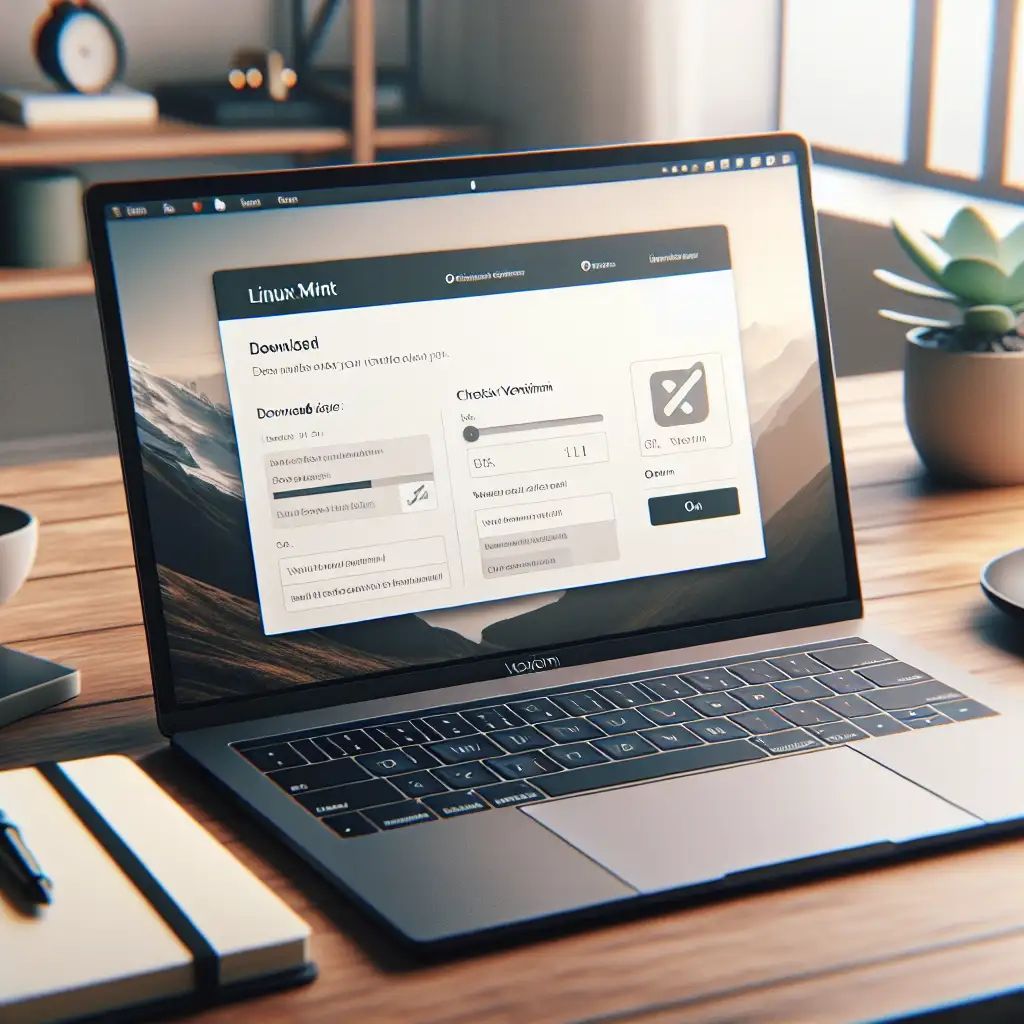Step-by-Step Practical Guide to Downloading Linux Mint
Running a clean Linux Mint installation begins with obtaining a legitimate ISO image. Cutting corners here risks corrupted files, installation failures, or compromised systems. Below—practical steps and technical details only.
0. Why ISO Integrity Is Non-Negotiable
Anyone who’s debugged a bricked install knows: skip verification once, waste hours later. ISOs from unofficial sources or unchecked downloads are a vector for rootkits or random boot errors (SYSLINUX: Image checksum error is particularly annoying). Treat ISO download and verification as part of your chain-of-trust.
1. Select the Correct Linux Mint Edition
Mint releases ship with three desktop environments:
| Edition | Memory Overhead | Notes |
|---|---|---|
| Cinnamon | ~1.7GB (idle) | Contemporary workflows. Hardware acceleration. |
| MATE | ~1.3GB (idle) | Stable, less resource-hungry; no frills. |
| Xfce | <1.1GB (idle) | Minimum footprint, best for aging laptops. |
Check actual target hardware footprints. Cinnamon works well above 4GB RAM and semi-recent GPUs. Low memory? Xfce is survivable with 2GB.
Download page: https://linuxmint.com/download.php
2. Confirm System Architecture
Wrong architecture, wasted boot attempts.
-
On Windows (10/11):
wmic os get osarchitectureReturns
64-bitor32-bit. -
On Linux:
uname -mx86_64for 64-bit,i686/i386for 32-bit.
Most deployments since 2012 are 64-bit. Legacy x86 setups are rare (embedded only).
3. Download ISO from Official Sources
Never trust search engine ISO links. Direct mirrors or primary server only.
- Visit the official Mint downloads: https://linuxmint.com/download.php
- Pick edition/version.
- Prefer a geographically close mirror—latency impacts large ISOs.
- Save the
.isofile (typically 2–2.5GB for Cinnamon 21.3).
Torrent only for power users: Only proceed if you understand verified magnet links and can vet .torrent checksums. Otherwise, skip.
4. Validate ISO Integrity with SHA256
Miss this, and you’re gambling with userland security.
Official SHA256 hashes found under each edition’s direct download. Example for Linux Mint 21.3 Cinnamon:
On Linux/macOS:
sha256sum /path/to/linuxmint.iso
Output:
3d60b218e8f9ede5fcd392b7d41b49f9489d4463abe841bf2b7e9369d8c7a359 linuxmint-21.3-cinnamon-64bit.iso
Compare byte-for-byte with official SHA256. Any mismatch—delete and re-download. Reports of single-bit errors on flaky Wi-Fi are not theoretical.
On Windows:
Get-FileHash -Algorithm SHA256 "C:\Users\tech\Downloads\linuxmint-21.3-cinnamon-64bit.iso"
- Output hash must match exactly.
Side note: For critical production images, verify GPG signatures too. This requires importing Linux Mint’s signing key—see the official PGP guide.
5. Create Bootable Media (USB Key, 8GB+ Recommended)
USB creation is never perfectly foolproof—another potential fail point. Use the latest versions of tools.
Windows (Rufus 4.3+ Recommended):
- Insert USB stick (all data will be destroyed).
- Launch Rufus.
- Select USB under ‘Device’.
- Under ‘Boot selection’, pick your verified
.iso. - Partition scheme:
MBRfor BIOS/UEFI dual compatibility.GPTfor pure UEFI systems only.
- Click ‘Start’. Confirm data loss prompt. Rufus log may note minor write errors—if so, repeat with a different stick.
Linux/macOS (dd utility):
-
Identify USB device (
lsblkordiskutil list).- E.g.
/dev/sdb
- E.g.
-
Run:
sudo dd if=/path/to/linuxmint.iso of=/dev/sdX bs=4M status=progress conv=fsyncReplace
/dev/sdXappropriately. -
Sync completion, wait for system to release device.
- If macOS, use
diskutil unmountDisk /dev/diskXbefore removal.
- If macOS, use
Gotcha: So-called “burners” like Etcher may occasionally fail to write MBR correctly for some UEFI BIOS. If you see No operating system found during boot, re-create the media using Rufus or the CLI.
6. Boot and Install
- Edit UEFI/BIOS boot menu (often
F12,Esc, orDelon startup) to assign USB top priority. - Boot system.
Unexpected hang or blank screen? Typically firmware Secure Boot is enabled—disable in BIOS if possible. Some laptops (notably older HPs) require reformatting USB with FAT32 for detection.
If Mint live desktop appears, your chain-to-disk is confirmed.
Additional Tips & Edge Cases
- Use wired Ethernet for ISO downloads—packet loss on Wi-Fi quietly causes truncated ISOs.
- On networks with strict proxies/firewalls, avoid mirrors entirely and prefer torrent (with hashes checked).
- File size anomalies (
linuxmint-21.3-cinnamon-64bit.isoshould be ~2.64GB)—anything ±10% is likely broken. - Don’t forget: Back up the target system before installing; some dual-boot UEFI setups auto-wipe ESP partitions.
Reference Table: Quick Steps
| Step | Tool | Key Commands / Checks | Critical Issues |
|---|---|---|---|
| Select Edition | Browser | Hardware RAM/Video, Edition Table Above | Wrong choice = laggy system |
| Check Arch | uname -m, WMIC | x86_64 or 64-bit | Incompatible ISO won’t boot |
| Official Download | Browser | linuxmint.com/download.php | Third-party ISOs are risky |
| Checksum | sha256sum, PowerShell | Verify against published hash | Skip = potential malware |
| Create USB | Rufus, dd, Etcher | See detailed procedure above | USB creation sometimes fails |
| Boot | BIOS/UEFI | Prioritize USB; disable Secure Boot if needed | Secure Boot can stop USB boots |
Closing Note
Shortcuts in this process create headaches later. Follow the outlined steps: use the official download, verify with SHA256, write to USB with reputable software, and double-check before deployment. For environments where hardware quirks are common (old Lenovo laptops, etc.), test boot from USB before commencing any data-destructive installation.
Deployment starts with the download. Don’t make it your weakest link.
